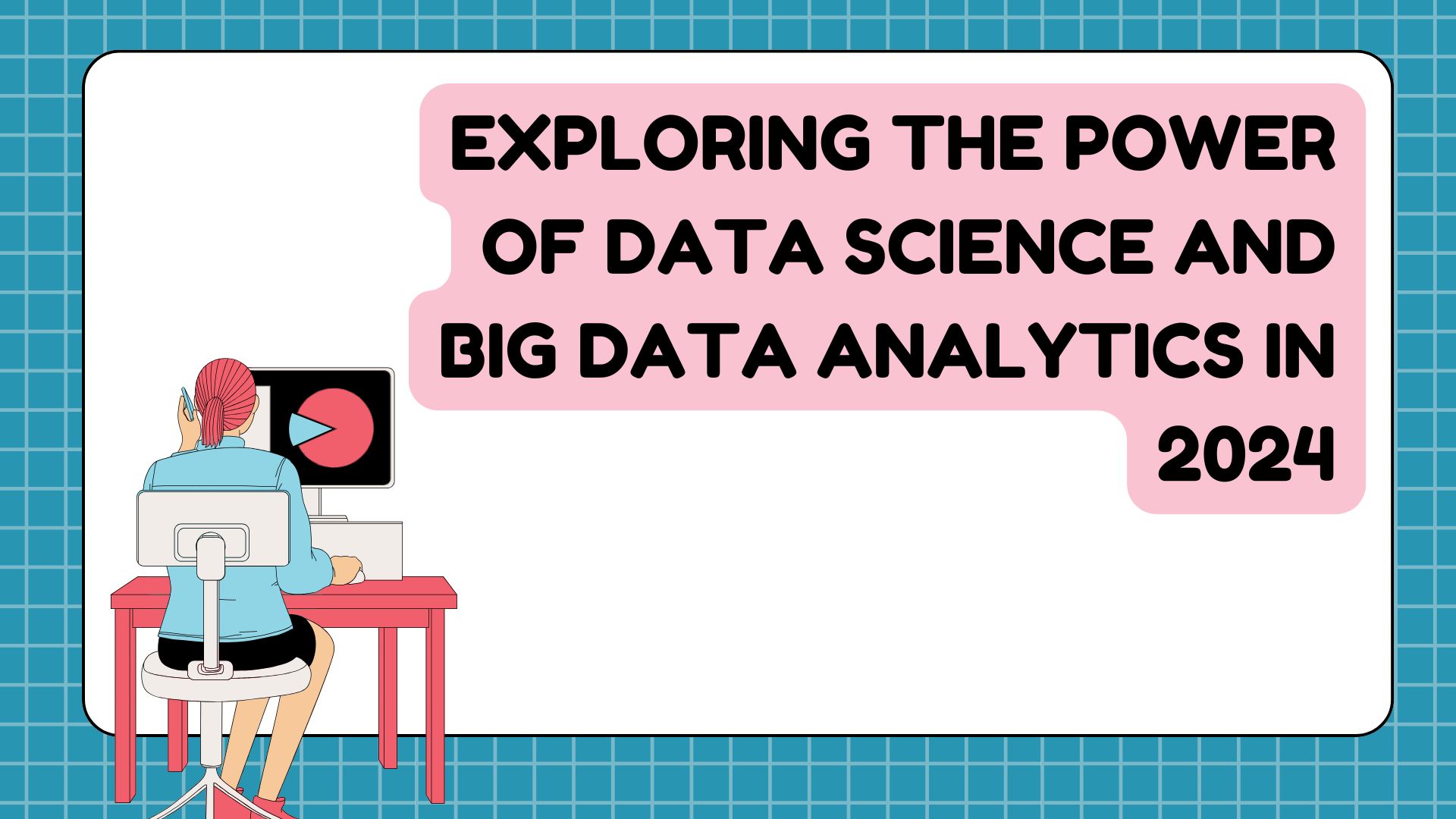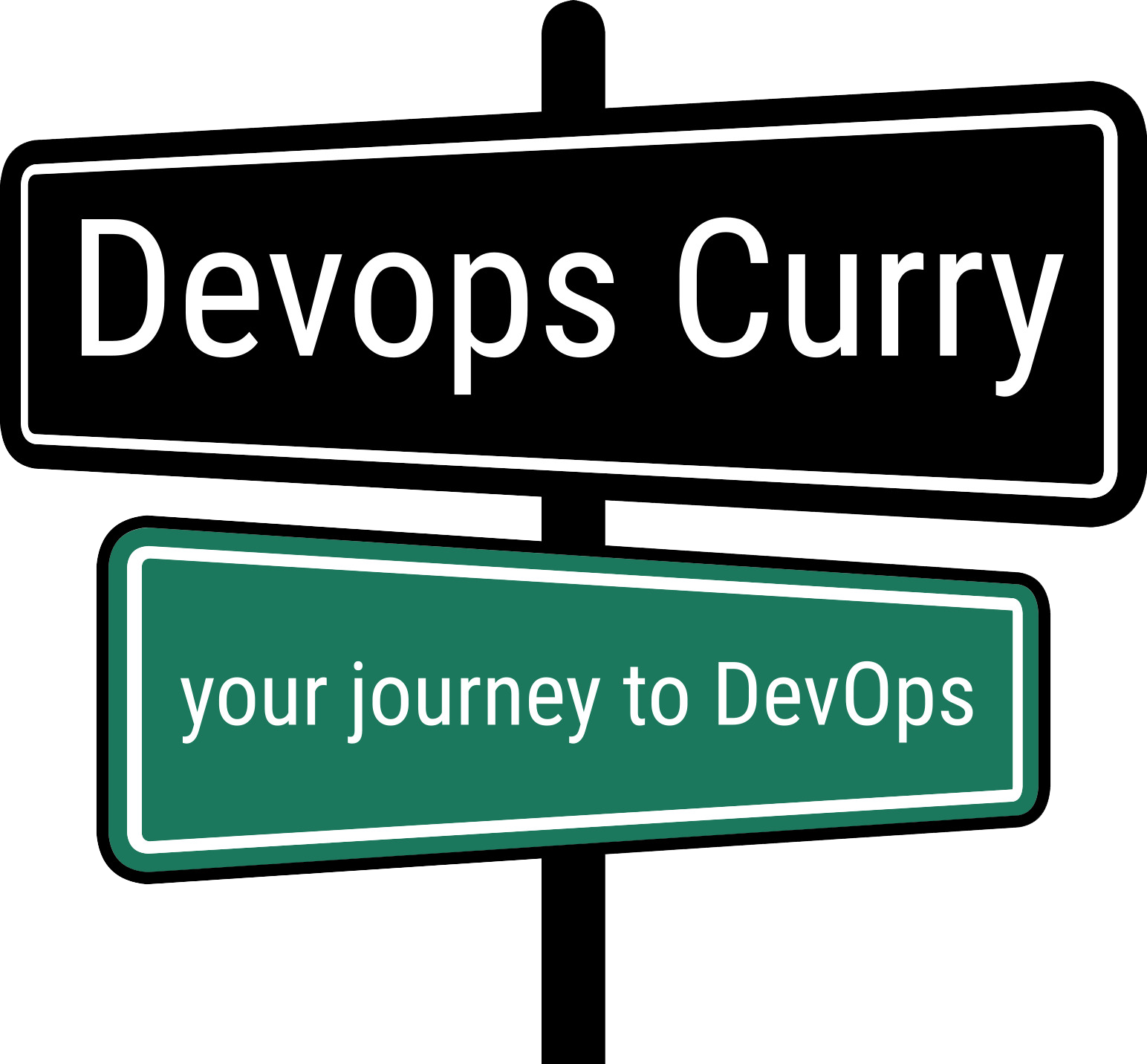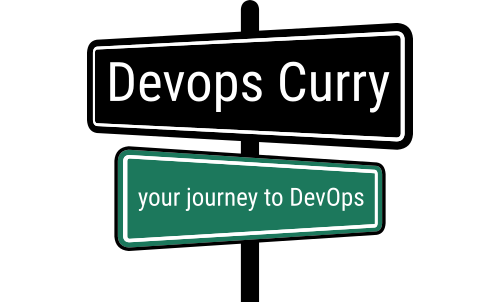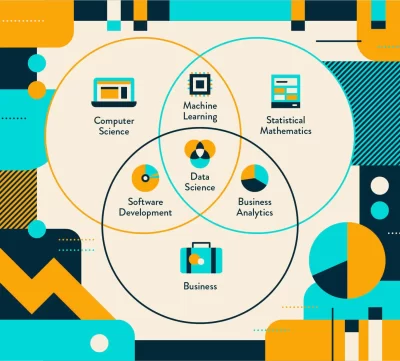
Exploring the Power of Data Science and Big Data Analytics in 2024
Table of Contents
Understanding Big Data: How It’s Shaping the Future of Analytics
Introduction To Data Scientist
Big Data science is an umbrella term for all things related to data including data analysis and engineering. Hence, data scientists can do the job of both, data analysts and data engineers, and in addition, are also apt in AI and machine learning.
Predictive modeling refers to “…a statistical technique using machine learning and data mining to predict and forecast likely future outcomes with the aid of historical and existing data.” (NetSuite) Data scientists may use predictive modeling to predict things like customer behavior, and market trends.
Thus, a data scientist is the most advanced and senior-most role among the three.
Roles and responsibilities
- Building predictive models using AI and machine learning algorithms
- Helping businesses make strategic decisions based on predicted trends
- Performing experiments by A/B testing
- Staying updated with the latest innovations in data science
Skillsets
- Data analytics
- Programming languages like Python, R, SQL, SAS, etc.
- AI, deep learning, and machine learning
- Big data analytics
Image Credit: https://clevertap.com/blog/data-science/
Applications of Data Science:
- Healthcare: Predicting diseases and improving treatments.
- E-commerce: Recommending products to customers based on their past behavior.
- Finance: Fraud detection and risk management.
- Marketing: Understanding customer behavior to improve campaigns.
Introduction to Big Data
Big Data refers to extremely large and complex datasets that cannot be easily handled, processed, or analyzed using traditional database management tools. These datasets are generated from a variety of sources, including social media platforms, online transactions, mobile devices, sensors, Internet of Things (IoT) devices, and more. The sheer scale and complexity of Big Data require advanced technologies and systems to store, manage, and analyze this information.
Big Data is not just about the amount of data, but also about how organizations utilize this data to derive meaningful insights that can drive decision-making, optimize operations, and enhance customer experiences. Companies across industries, from healthcare to finance to retail, are leveraging Big Data to make more informed business decisions, improve products and services, and even predict future trends.
Unlike traditional data, Big Data comes in various forms, is generated at high speed, and can be of varying quality, which poses several challenges in managing and analyzing it. This is why Big Data systems are designed to process information in ways that allow for scalability, flexibility, and real-time data processing.
Characteristics of Big Data:
Big Data is typically defined by the following key characteristics, often referred to as the “4 Vs”: Volume, Velocity, Variety, and Veracity.
- Volume:
Volume refers to the massive amount of data being generated. The scale of Big Data is typically measured in terabytes, petabytes, or even exabytes. This data comes from sources such as social media interactions, transactions, logs from web servers, sensors in devices, and customer behaviors on e-commerce platforms. Traditional systems are not designed to handle this scale, requiring distributed computing and storage solutions like Hadoop and cloud-based platforms to manage and process such vast amounts of data. - Velocity:
Velocity is the speed at which data is generated, collected, and processed. In today’s digital age, data is produced continuously in real-time or near real-time. For example, sensors in smart devices collect data every second, and social media platforms generate thousands of posts, likes, and comments in just a fraction of a second. To stay relevant and make timely decisions, businesses need to process this data at high speed, often in real-time. This requires technologies that can handle streaming data, such as Apache Kafka or Spark Streaming. - Variety:
Big Data doesn’t just come in structured formats like tables or spreadsheets—it also includes unstructured and semi-structured data. This could be text from social media posts, emails, video files, images, audio recordings, or even sensor data. Traditional database systems are designed to work with structured data, which fits neatly into rows and columns. However, Big Data requires systems that can handle various data formats, from JSON and XML files to free-form text or multimedia content. Technologies like NoSQL databases (e.g., MongoDB, Cassandra) are used to manage and process this diversity of data formats. - Veracity:
Veracity refers to the trustworthiness or accuracy of the data. With Big Data, there’s often uncertainty regarding the quality and reliability of the data because it may come from many disparate sources. Data might be incomplete, inconsistent, or noisy, making it challenging to analyze. It’s essential to validate and clean the data to ensure that it is accurate and relevant for analysis. The challenge of ensuring data veracity highlights the importance of data governance and quality control measures in Big Data environments.
Other Important Characteristics of Big Data:
- Value:
While the “4 Vs” are the most commonly cited characteristics of Big Data, a fifth “V”—Value—is often considered just as important. Big Data has the potential to provide immense value to organizations by offering insights that can improve decision-making, optimize business operations, and drive innovation. However, not all data is equally valuable, and the ability to extract meaningful value from data often depends on the quality of the analytics applied to it. - Variability:
Another feature of Big Data is variability, which refers to the inconsistencies and fluctuations in data flow. For instance, there may be periodic spikes in data generation (e.g., during a major sale event on an e-commerce site) or variations in data formats over time. Managing this variability is critical to ensuring consistent and reliable data analysis.
Sources of Big Data:
- Social Media:
Social media platforms like Facebook, Twitter, Instagram, and LinkedIn generate a tremendous amount of user-generated content in the form of posts, comments, likes, and shares. Analyzing this data can help businesses understand customer sentiment, preferences, and trends. - IoT Devices:
IoT devices such as smart thermostats, wearable fitness trackers, and industrial sensors continuously generate data. This data can be used for monitoring, predictive maintenance, and optimization of systems. - Transactions:
Every time a customer makes a purchase online or performs a financial transaction, data is generated. This transactional data is valuable for analyzing purchasing patterns, identifying fraud, and improving customer experiences. - Mobile Devices:
The growing use of smartphones and mobile apps provides vast amounts of location-based and usage data that can be analyzed to provide personalized services and targeted advertising. - Differences Between Data Science and Big Data Analytics:
| Aspect | Data Science | Big Data Analytics |
| Focus | Extracting insights from data, building models | Analyzing large data sets for trends and insights |
| Techniques Used | Machine learning, AI, statistical analysis | Hadoop, Spark, NoSQL databases |
| Data Type | Structured and unstructured data | Primarily unstructured, large-scale data |
| Objective | Predicting outcomes, solving complex problems | Handling, analyzing, and processing large data |
Conclusion:



